Capturing The Sun: Master Craftsmen in Ancient Mesoamerica
CAPTURING THE SUN
The allure of gold adornments is universal and eternal. Gold possesses a power that captures the eye with even the slightest glimmer. Gold is magical in that it is inert and therefore never oxidizes, remaining lustrous and beautiful throughout time.
The technical mastery required to produce such sophisticated artifacts in gold and silver is worthy of deep investigation. Ancient pre-Columbian master craftsmen were as skilled at lost-wax casting, hammering, repoussé work, depletion gilding, and incising as any other cultures at the time, or since. The timelessness, beauty and ingenuity of these objects is as evident and relevant today as it was in ancient times.
An opening reception was held at the gallery Thursday September 28, 2017, from 5-8 PM.

A full color catalog accompanied the show. Copies are still available.
Explore some select images from our catalog below





The allure of gold adornments is universal and eternal.
Gold possess a power that captures the eye with even the slightest glimmer. Gold is magical in that it is inert and therefore never oxidizes, remaining lustrous and beautiful throughout time.
It must have been thrilling to the indigenous Indians to come upon this precious metal in riverbeds and in veins exposed in the soil where its glimmer called out to them as a magical element linked to the earth.
Silver was more scarce in antiquity, as it had to be mined and therefore had a high degree of importance - perhaps more important than gold. Whereas gold may have been equated with the sun, silver was symbolic of the moon and its regenerative properties.
Pre-Colombian Indians were concerned with social status, and the function of adornments was to indicate wealth and position in society. Rulers wore gold crowns and were buried in gold masks. Priests used gold utensils and dressed in clothing laced with gold. The elite class adorned themselves in gold and silver ornamentation that could be seen at a distance, displaying their status through opulence, asserting their divine authority to make the transformation to the next world when their time came.
There are three major gold producing centers in the new world. The first is in South America, Peru, the earliest site containing evidence of gold use. Splendid 1st millennium BC hammered gold plaques from the Chavin Horizon period (900 BC to 200 BC) reveal complex mythological iconography. The Moche, or Mochica were very competent metalsmiths as well. The Moche were the first to develop the technique of lost wax casting and cultivate the use of alloys, which allowed them to master three dimensional forms.
The second established region of goldwork extended from Colombia, Ecuador and Venezuela and included Panama and Costa Rica. Here many different cultures developed, each with their own distinct style. They shared similarities in taking forms from nature, casting birds, alligators, frogs, and other animals as well as geometric forms. In Colombia, the earliest goldworkers were from Calima, in the western part of the country near the Rio Cauca, and were most likely influenced by the Moche in Peru. The Muisca occupied an area in the central highlands (modern day Bogota) and were relatively isolated, allowing them to develop an independent style of abstract “stick” figures known as tunjos. The Tairona had a fine gold working tradition and mastered an extremely fine wire braiding technique. They are famous for constructing large gold warrior figures with elaborate plumage. Costa Rican and Panamanian gold art objects were extremely similar in style due to proximity and trade; these finely detailed zoomorphic objects are often referred to by historians as International Style artifacts.
The last geographical region to produce a distinctive gold style was in Mexico, which took place during the Post Classic Period. A few examples of Toltec Maya gold has have been found, as they were offerings discovered in the sacred cenote of Chichen Itza. Aztec and Mixtec Goldsmith's were enormously talented in producing delicate Jewel castings.
It was quite devastating to Pre-Colombian cultures when the conquistadors and Colonial rulers gathered up as much gold and silver as they could to melt down into currency to send back to Europe. No one knows what masterful riches were destroyed in the 16th century. It will remain one of History's great mysteries and tragedies. Pre-Colombian gold artifacts are scare in today’s marketplace and we are lucky to have a small percentage of these precious artifacts surviving today.
The technical mastery involved to produce such sophisticated artifacts is marvelous and worthy of deep investigation. In fact, the ancient Pre-Colombian master craftsmen were as skilled at lost wax casting, hammering, repoussé work, depletion gilding and incising as any of the other cultures in Europe at the time. he timelessness, beauty and ingenuity of these objects is as evident and relevant today as it was in ancient times.


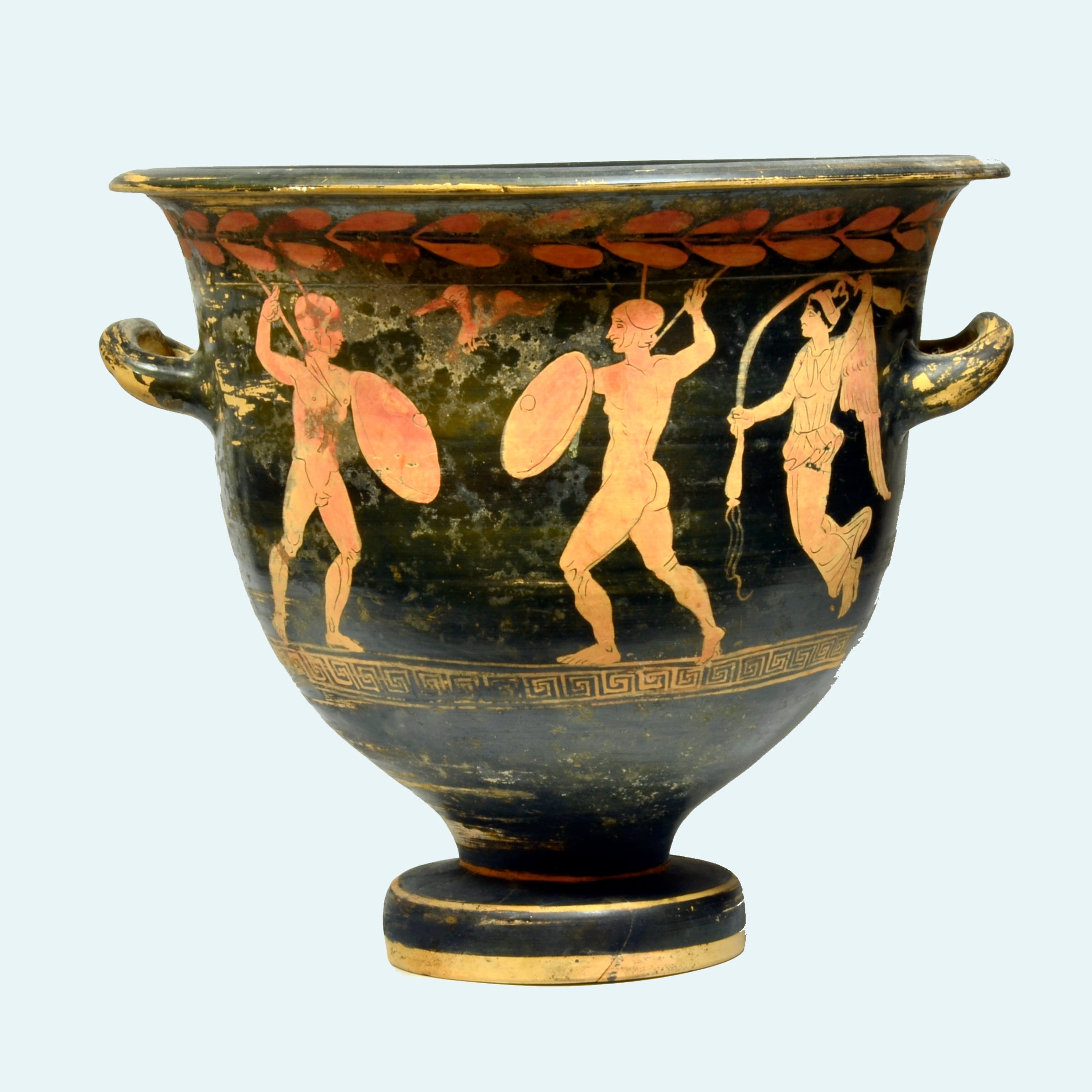
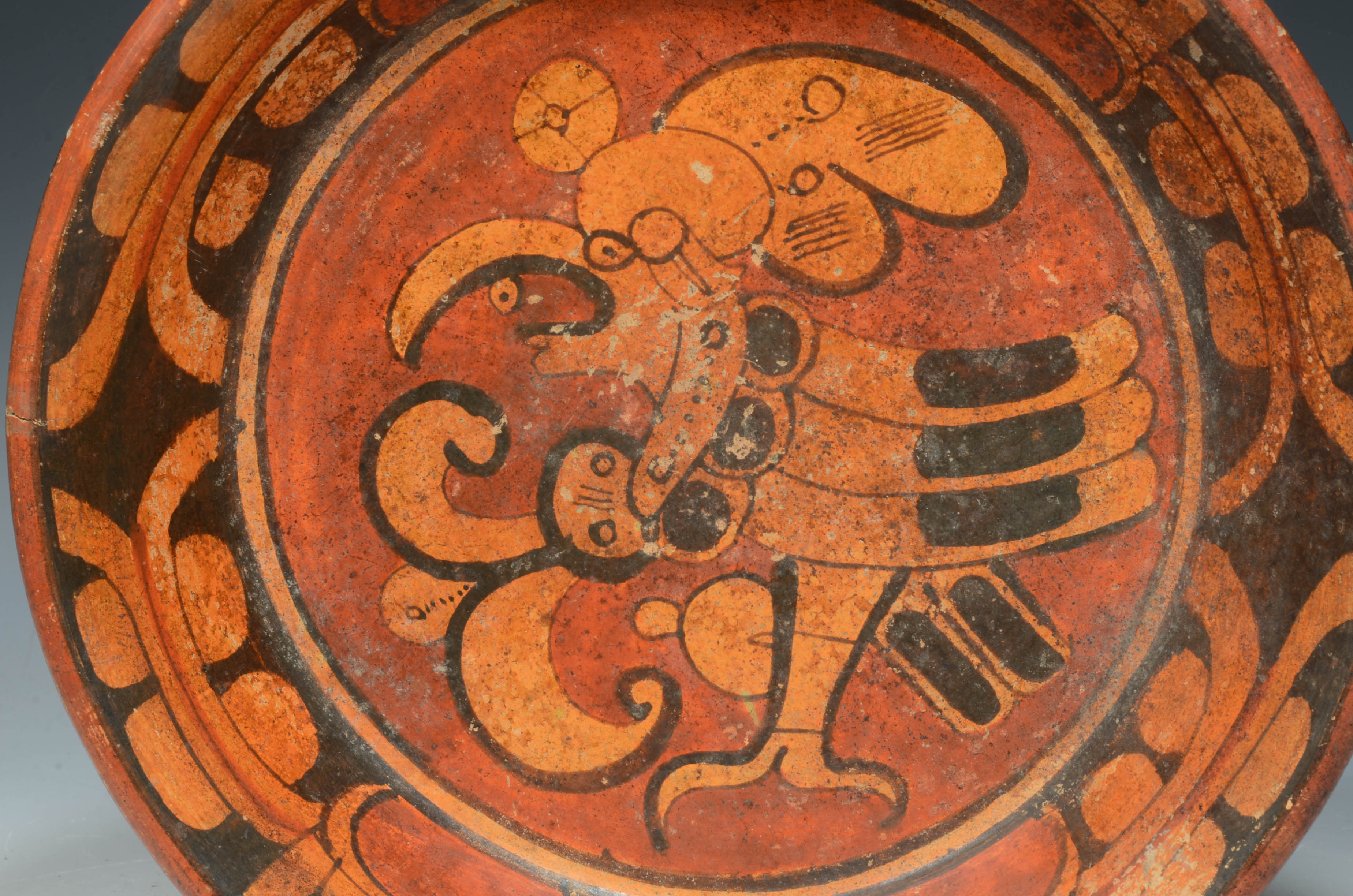
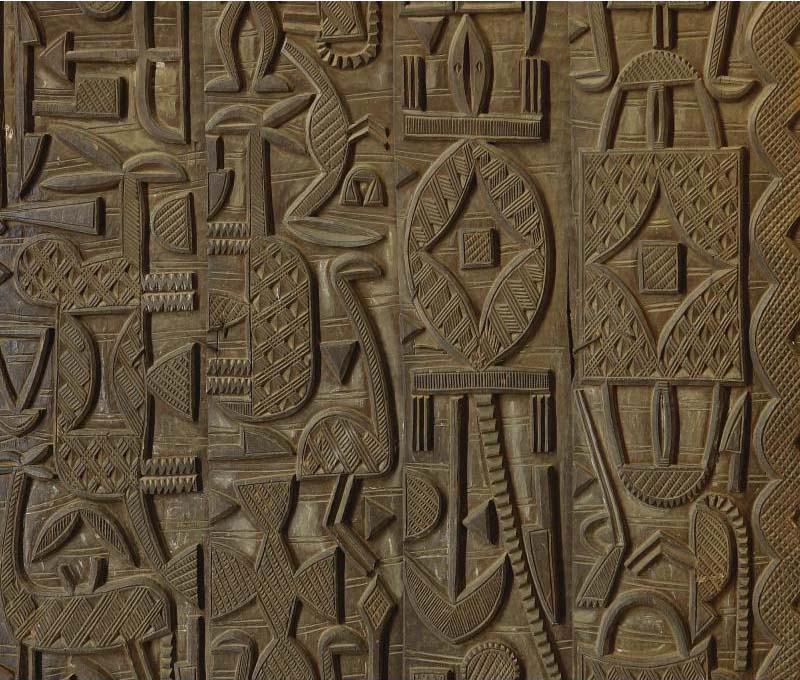
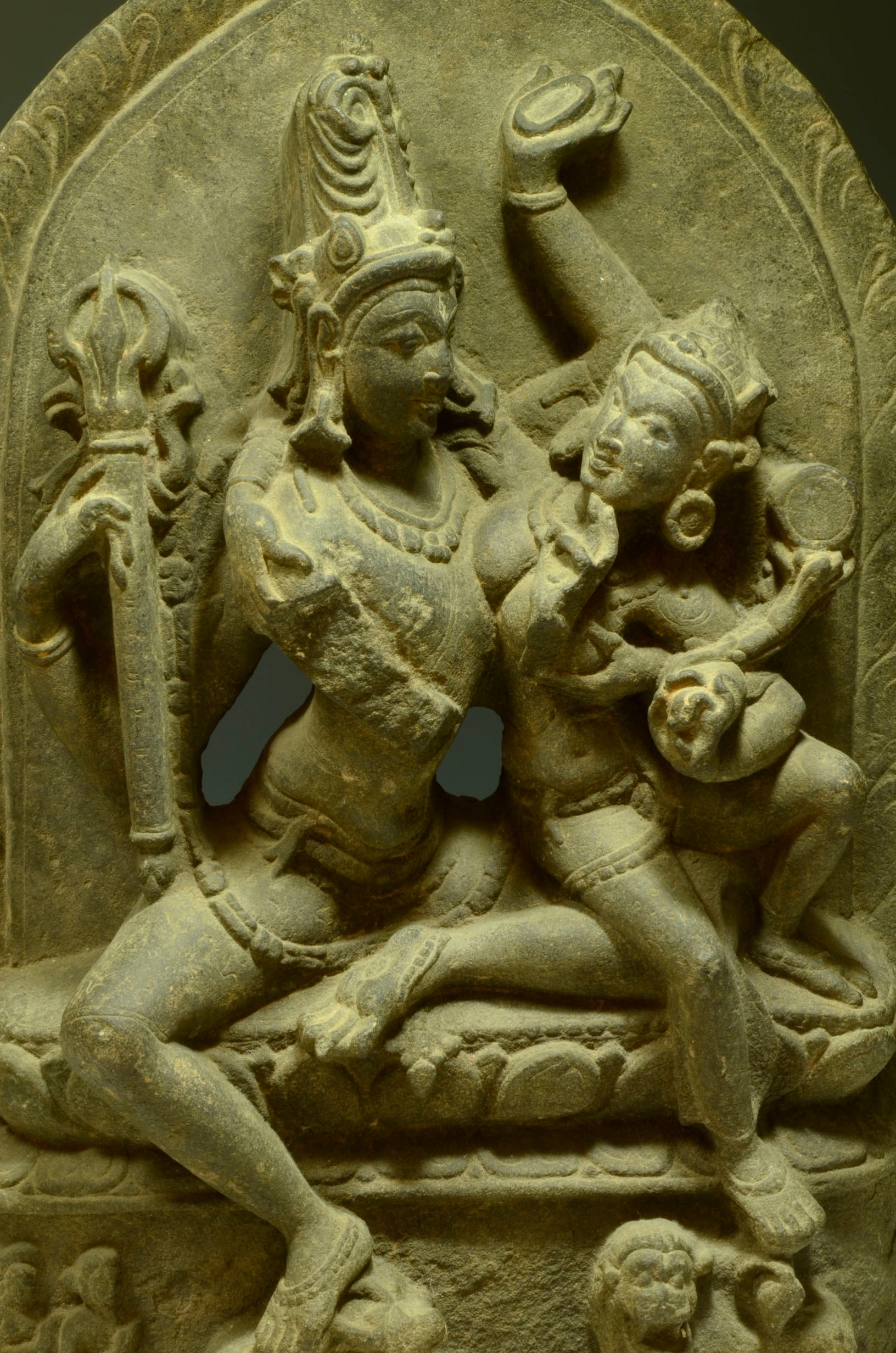

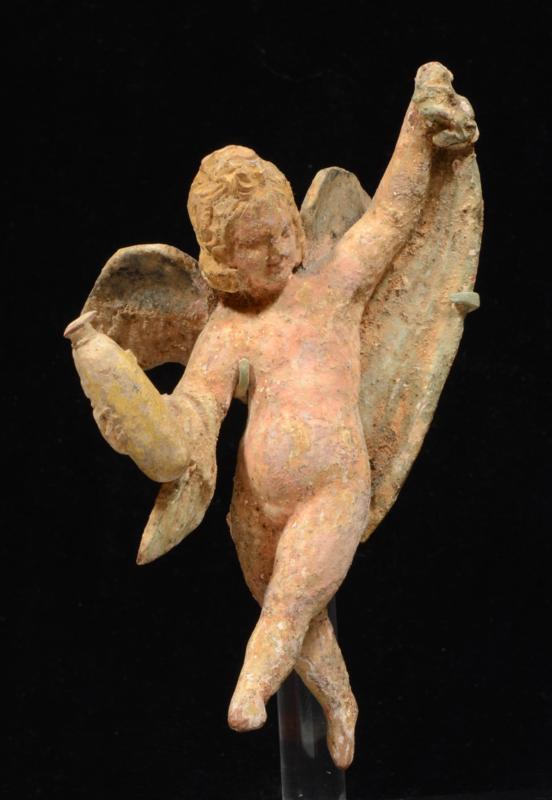
Leave a comment